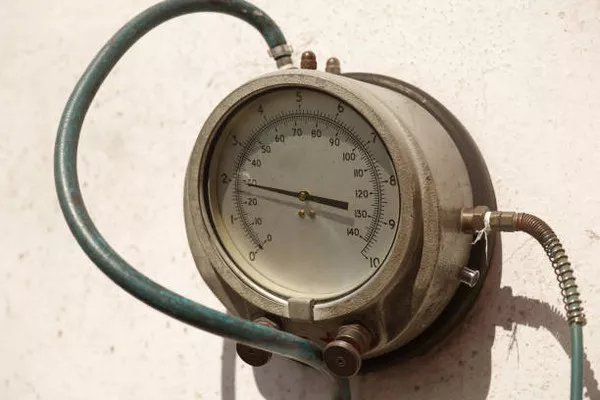The U.S. Department of Labor’s recent adjustments in OSHA operational priorities come in response to promising growth within the U.S. manufacturing sector. With a new regional office established in Birmingham, AL, spanning six states and the Florida panhandle, the focus is squarely on enhancing safety compliance across industries like food processing, construction, heavy manufacturing, and chemical processing, where safety remains paramount.
Despite strides in safety protocols, there’s a persistent challenge in fully leveraging crucial safety features within industrial equipment. Often, this oversight stems from a lack of awareness or a misalignment in priorities. The prevailing mindset of “if it’s not broken, don’t fix it” can inadvertently compromise worker safety when production demands take precedence over procedural updates.
To mitigate risks effectively, manufacturers must adopt a proactive approach that maximizes the potential of safety features integrated into their equipment. Here are six strategies to achieve this goal:
Conduct Comprehensive Equipment Audits: Start with an inventory audit to identify all equipment and evaluate the utilization of embedded safety features. Collaborate closely with equipment manufacturers to fully grasp the capabilities of each component and devise a comprehensive plan for their optimal deployment.
Upgrade Lighting Systems: Transition from conventional HID lighting to modern industrial LED fixtures to enhance visibility and safety. LED lights are resilient against power fluctuations, reducing the risk of sudden failures that could lead to accidents like trips or falls.
Embrace IIoT Integration: Leverage Industrial Internet of Things (IIoT) technologies to monitor equipment operations in real-time. Integration with PLC platforms enables predictive maintenance, identifying potential safety issues before they escalate.
Prioritize Preventative Maintenance: Regular inspections and proactive repairs are crucial to maintaining safety equipment integrity. Neglecting routine maintenance can compromise critical safety features, posing significant risks to workers.
Ensure Visibility of Safety Signage: Clean and maintain safety stickers and signage to ensure they are visible and legible. Clear communication through proper labeling and signage is essential for maintaining safety protocols.
Plan for Emergencies: Equip facilities with emergency plans that utilize equipment capabilities effectively. LED lighting, for instance, can be integrated with backup power sources to provide sustained illumination during power outages, guiding safe evacuation routes.
By implementing these strategies, manufacturers not only enhance workplace safety but also improve operational efficiency and employee retention. Prioritizing safety features in industrial equipment underscores a commitment to safeguarding workers and cultivating a secure and productive manufacturing environment.
As the manufacturing landscape evolves, embracing advanced safety technologies and maximizing equipment capabilities will be pivotal in fostering a culture of safety and resilience within the industry.

